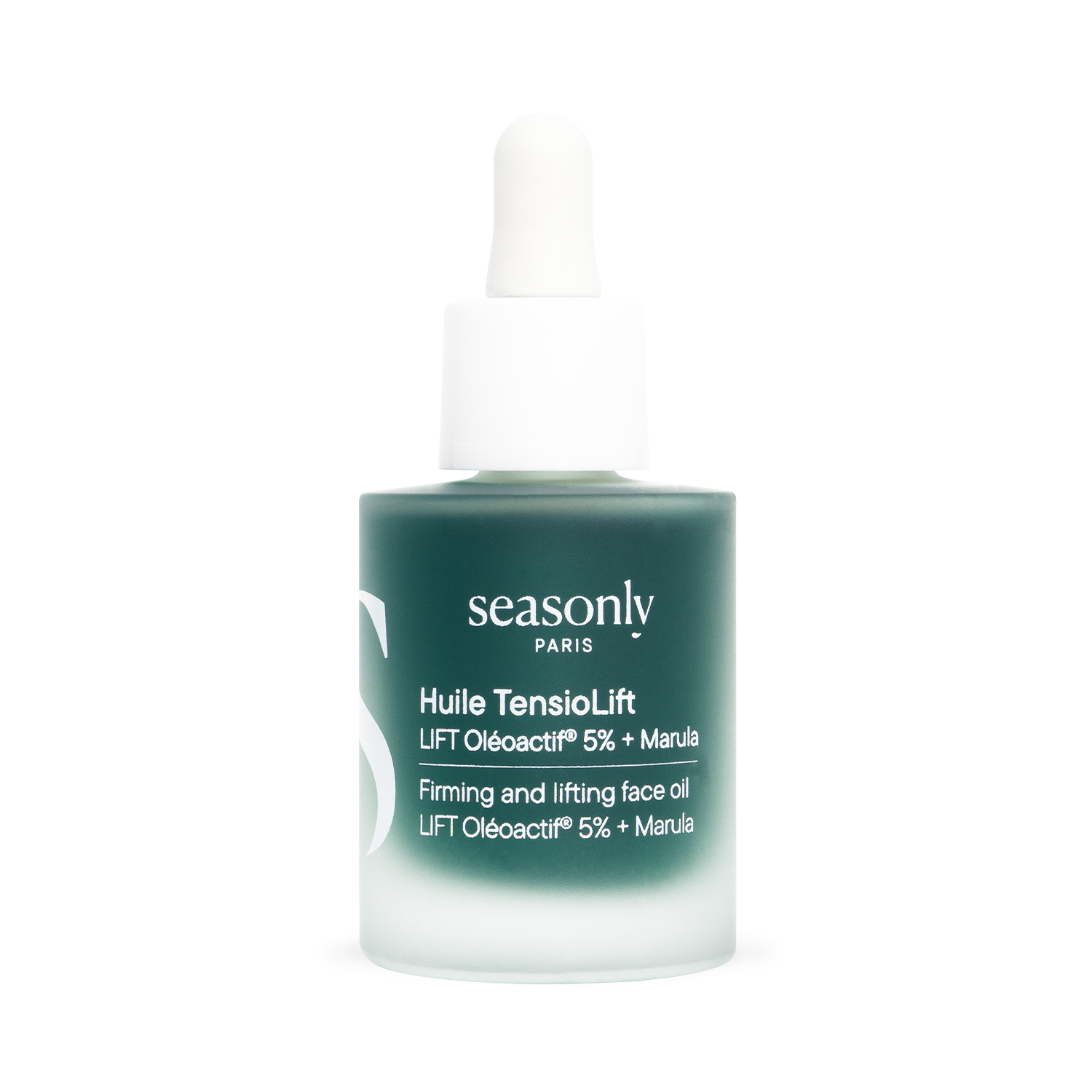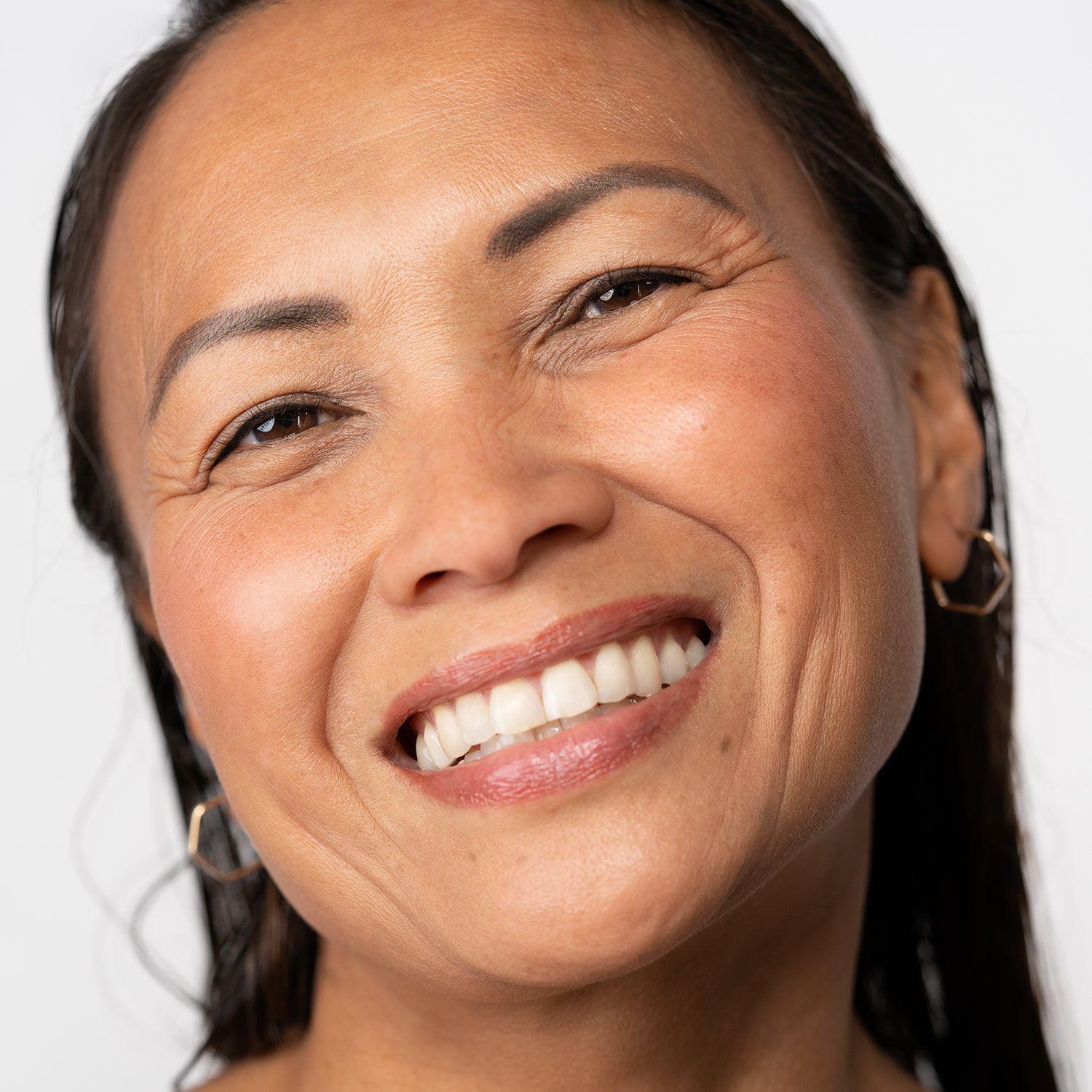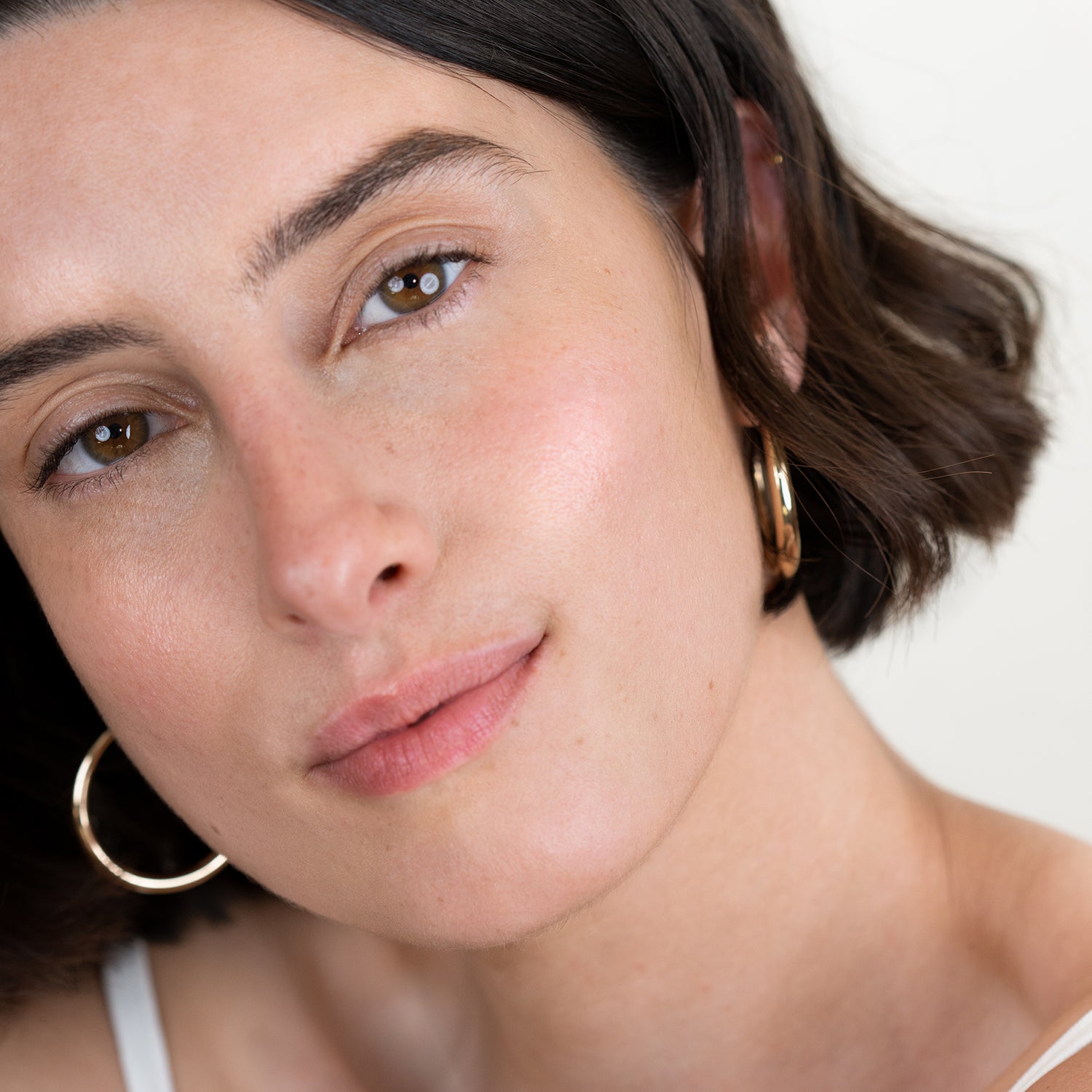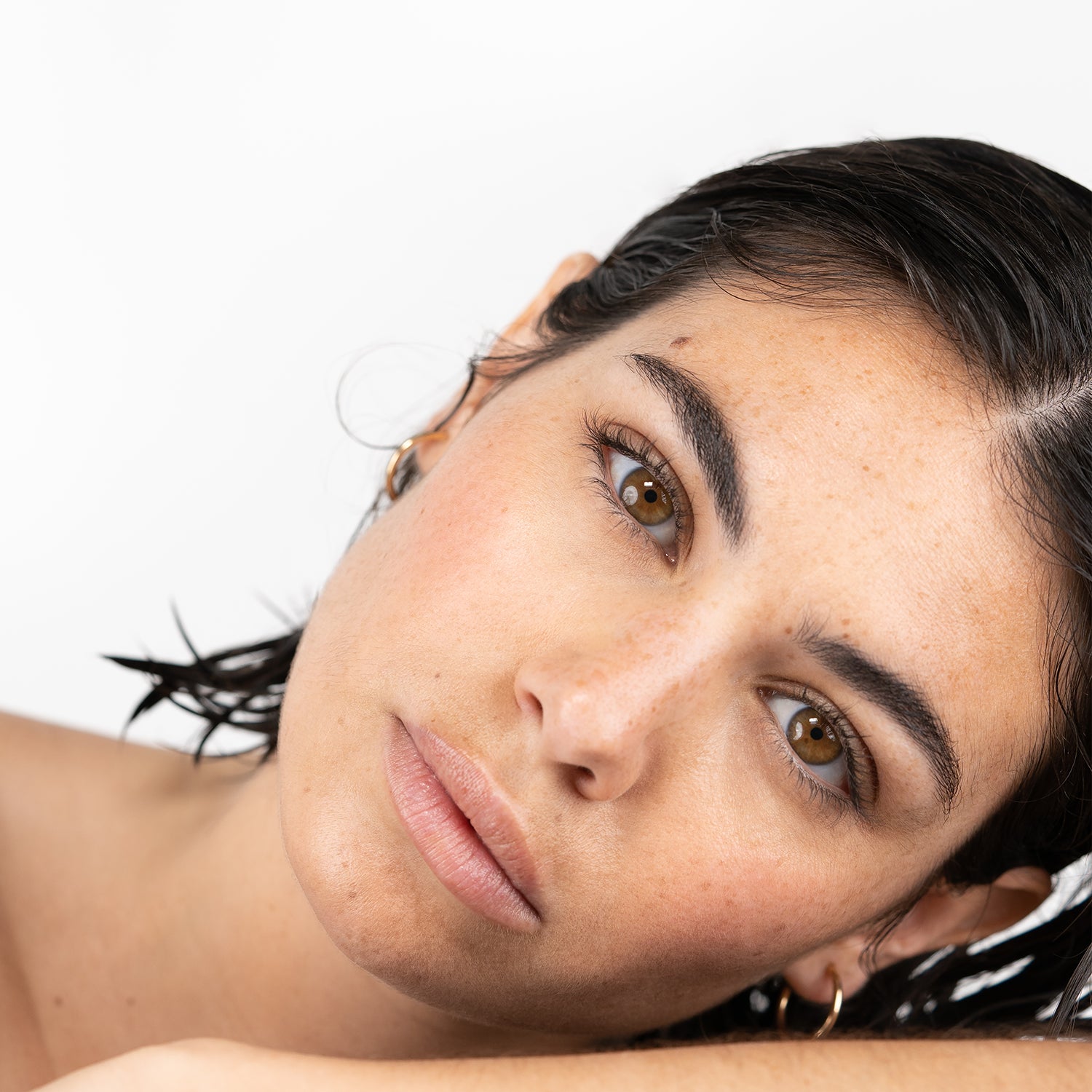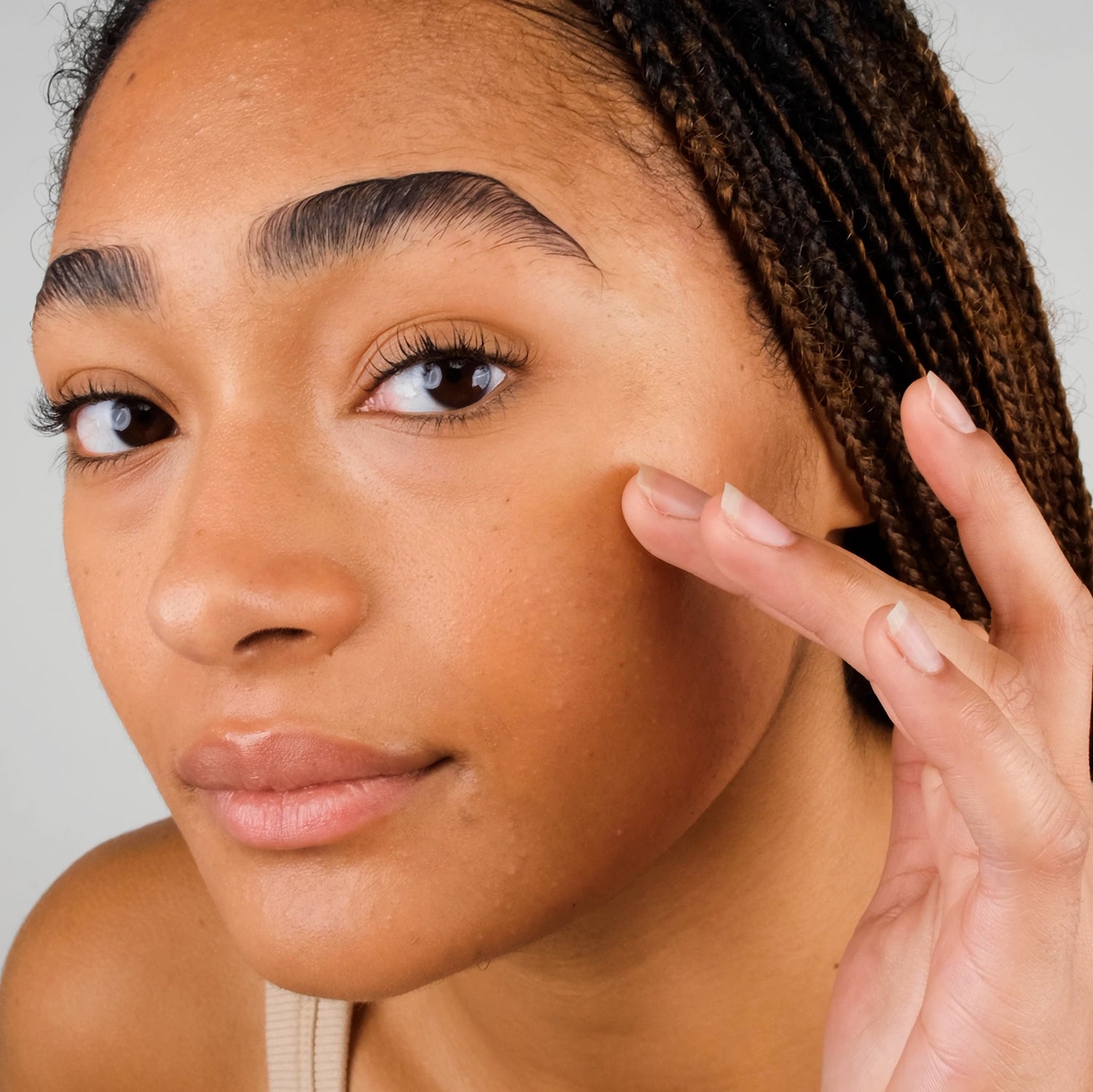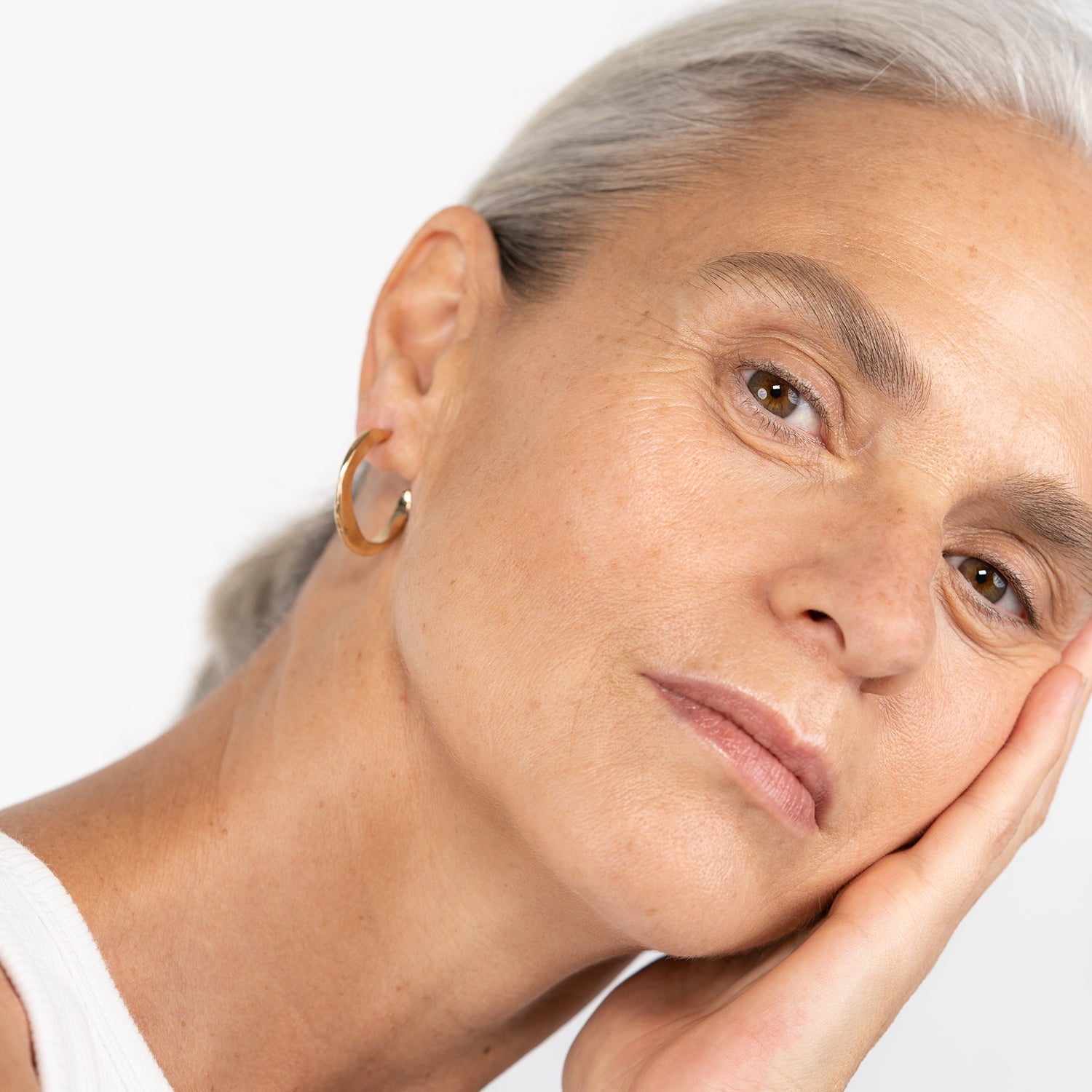Let's decipher together the different types of (chemical) exfoliating acids that exist. Sensitive/reactive skin: don't stop reading just yet, as the use of these acids is not incompatible with more fragile skin. Simply choose the acids best suited to your skin.
If you're not familiar with acids, you may be wondering why you should use them at all. It's important to remember that the skin is made up of a large number of skin cells, which renew themselves over a cycle of roughly one month. During this month, these cells accumulate and gradually rise to the skin's surface. The result: a dull complexion, thicker skin texture, clogged pores and peeling. That's where chemical exfoliation comes in! Regular exfoliation accelerates cell renewal while ridding the skin of dead cells. The result: a more even skin texture, improved collagen production, more effective absorption of facial treatments applied afterwards, and a more even complexion.
Now, we need to differentiate between the two types of exfoliation that exist: mechanical exfoliation and chemical exfoliation. Mechanical exfoliation is more commonly known as scrubbing. It is often composed of "grains" that exfoliate the skin by rubbing against it. The risk with this type of exfoliation is to damage the cutaneous barrier and sensitize the skin over the long term. In the case of chemical exfoliation, active ingredients penetrate deeper into the skin to eliminate dead cells without the need to "rub" your skin.
Let's get to the heart of the matter: AHA, BHA, PHA - what's the difference? All these components are called hydroxy acids (from their scientific name), but they fall into 3 categories.
AHA (Alpha Hydroxy Acids)
In the case of AHAs, there are several types of acid, the best known being :
Glycolic acid :
Of all AHAs, glycolic acid (derived from sugar cane) is the most effective. Because it has a small molecular size, it penetrates deep into the skin to exfoliate. It has a visible effect on skin texture and radiance. It also helps regulate sebum production. It's one of the star acids in our peelingmask , the face mask which helps renew cells without damaging the skin barrier.
Lactic acid :
Derived from the fermentation of milk or certain fruits, it's one of the mildest acids, perfect for even the most sensitive skin. Its properties enable it to help maintain skin hydration. It is also found in our peeling mask to complement the action of glycolic acid and give a glow to dull complexions.
Mandelic acid :
Derived from almonds, this acid penetrates less deeply into the skin and acts more on the surface, reducing any risk of irritation. It also helps reduce hyperpigmentation (mainly spots) and even out skin tone.
BHA (Beta Hydroxy Acids)
Salicylic acid is the best-known BHA. It is generally used in its synthetic form. It targets blackheads and effectively dissolves them. It's best suited to combination to oily, acne-prone skin that wants a smoother texture. However, salicylic acid is the subject of scientific study and is thought to be an endocrine disruptor. This is why we have chosen not to include it in any of our products.
PHA (Poly Hydroxy Acids)
PHAs are a group of acids with a larger molecular size: they penetrate less deeply into the skin and are therefore ideal for skins with certain skin conditions (eczema, rosacea, dryness, etc.). They include :
Lactobionic acid:
Derived from lactose, it is moisturizing, antioxidant and soothing. It is particularly suitable for dry, parched or dehydrated skin, as it is non-irritating.
Last but not least: don't forget to apply sunscreen if you use exfoliating acids. Exfoliating acids tend to be photosensitizing and therefore react to UV rays. This can lead to the appearance of spots.
Now we hope you'll see things more clearly and start using them in your routine (if you haven't already). To accompany the use of exfoliating acids, we also recommend a daily double cleanse. To find out more, click here.










